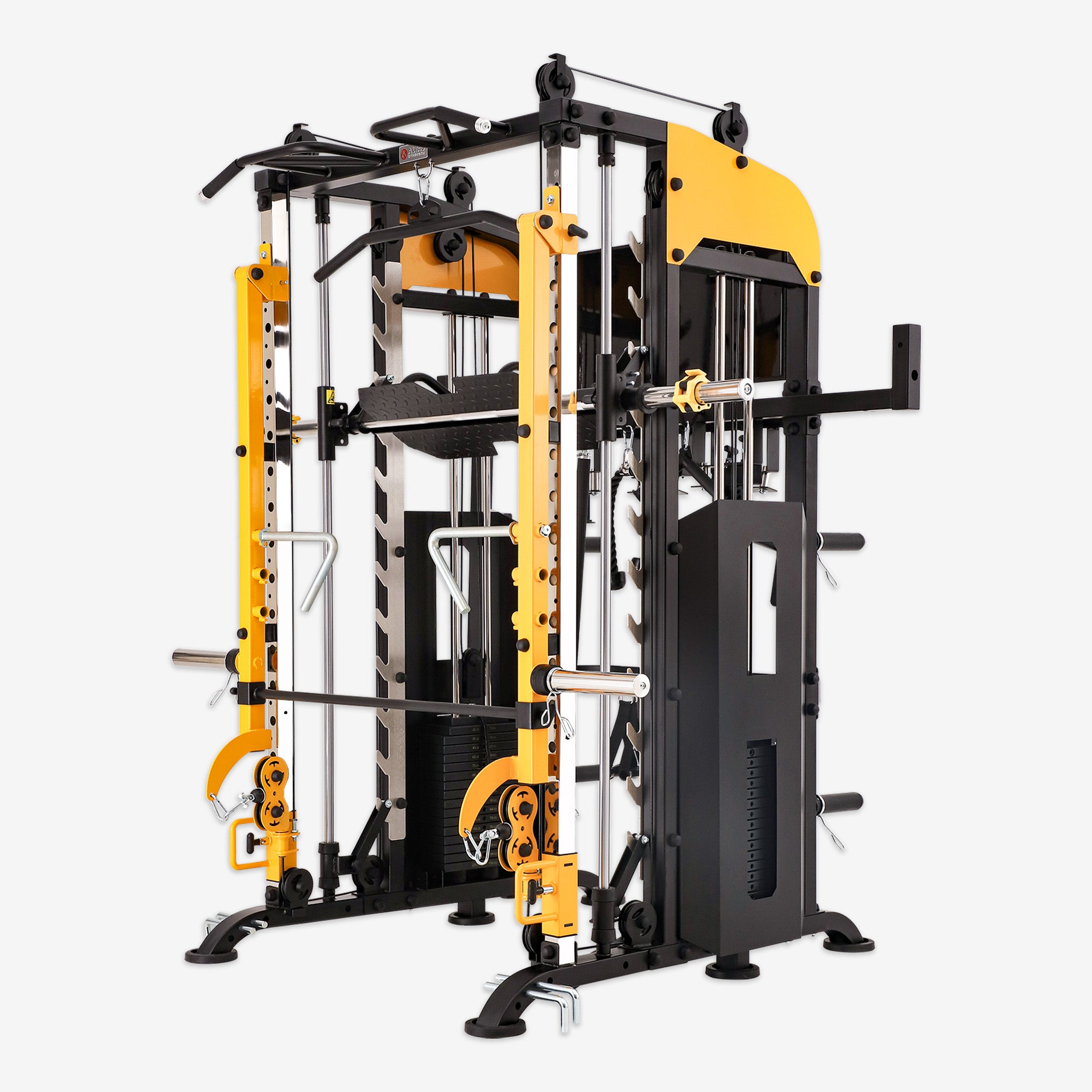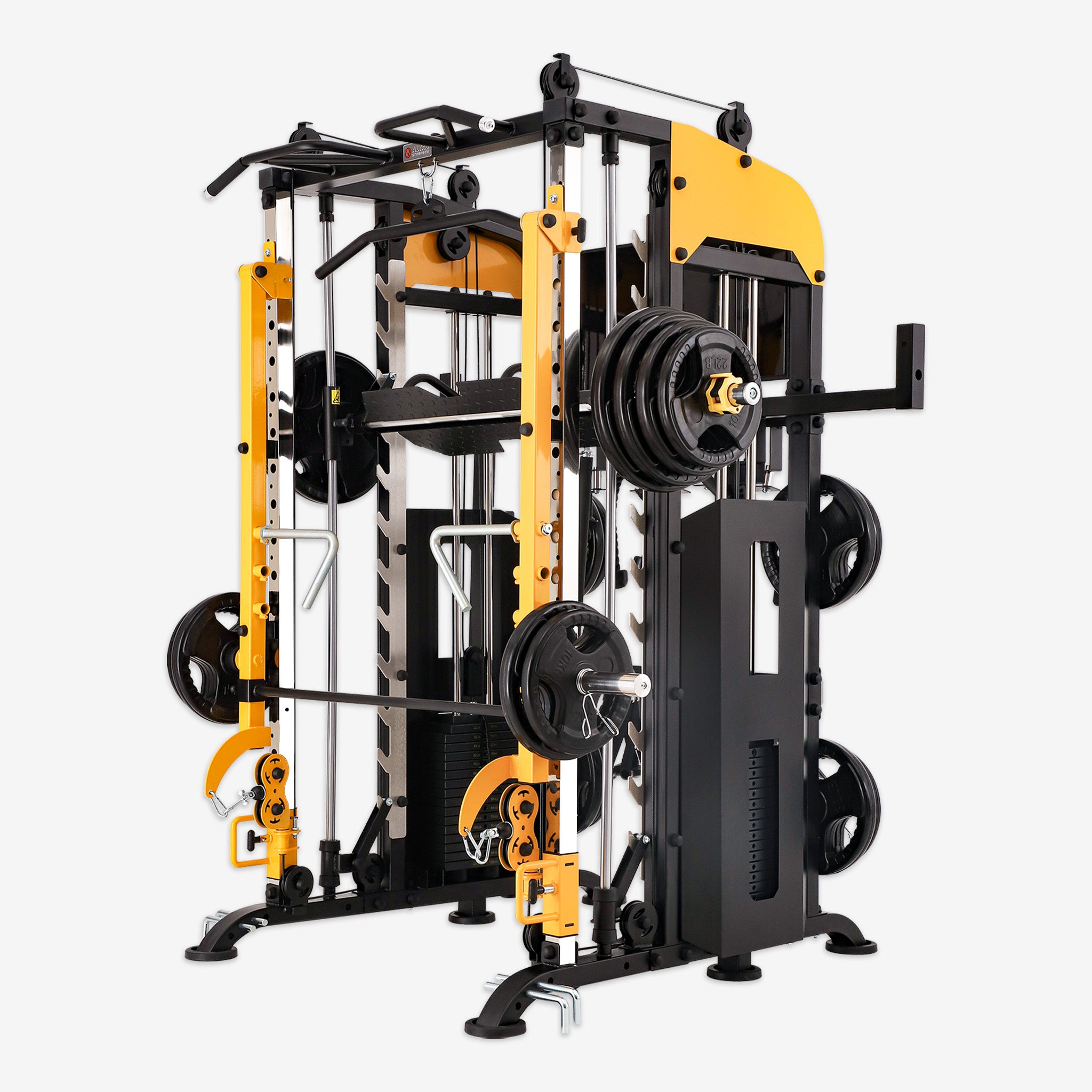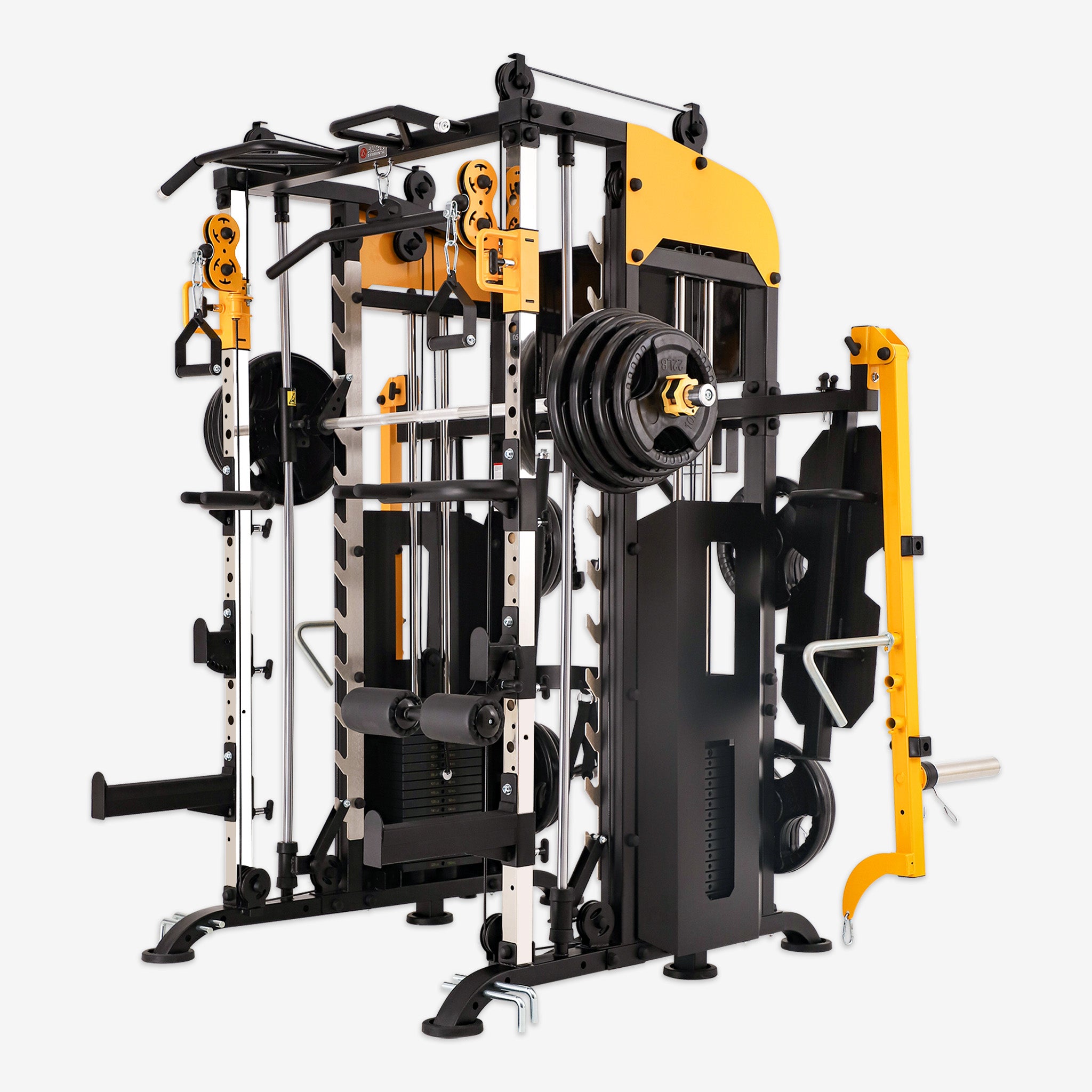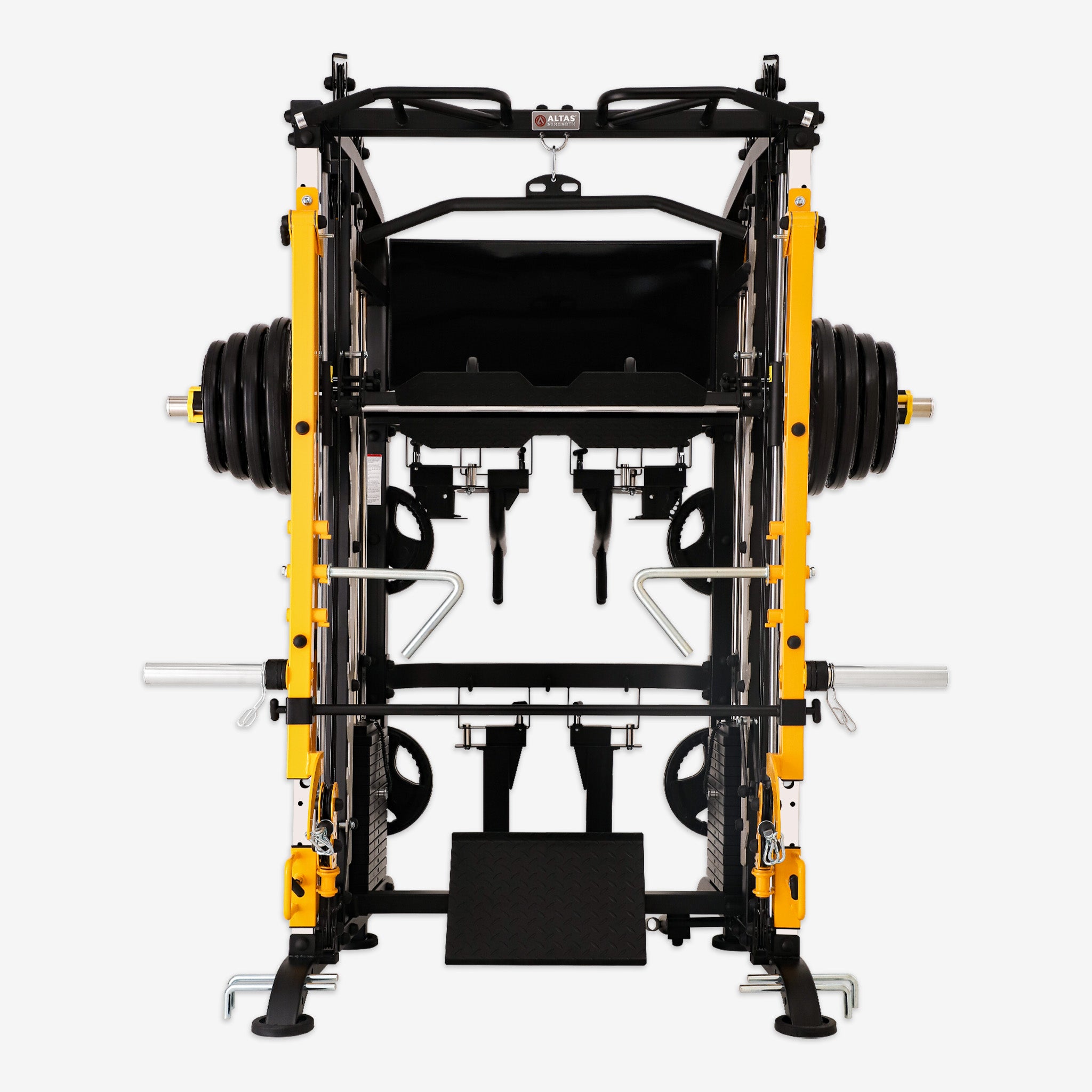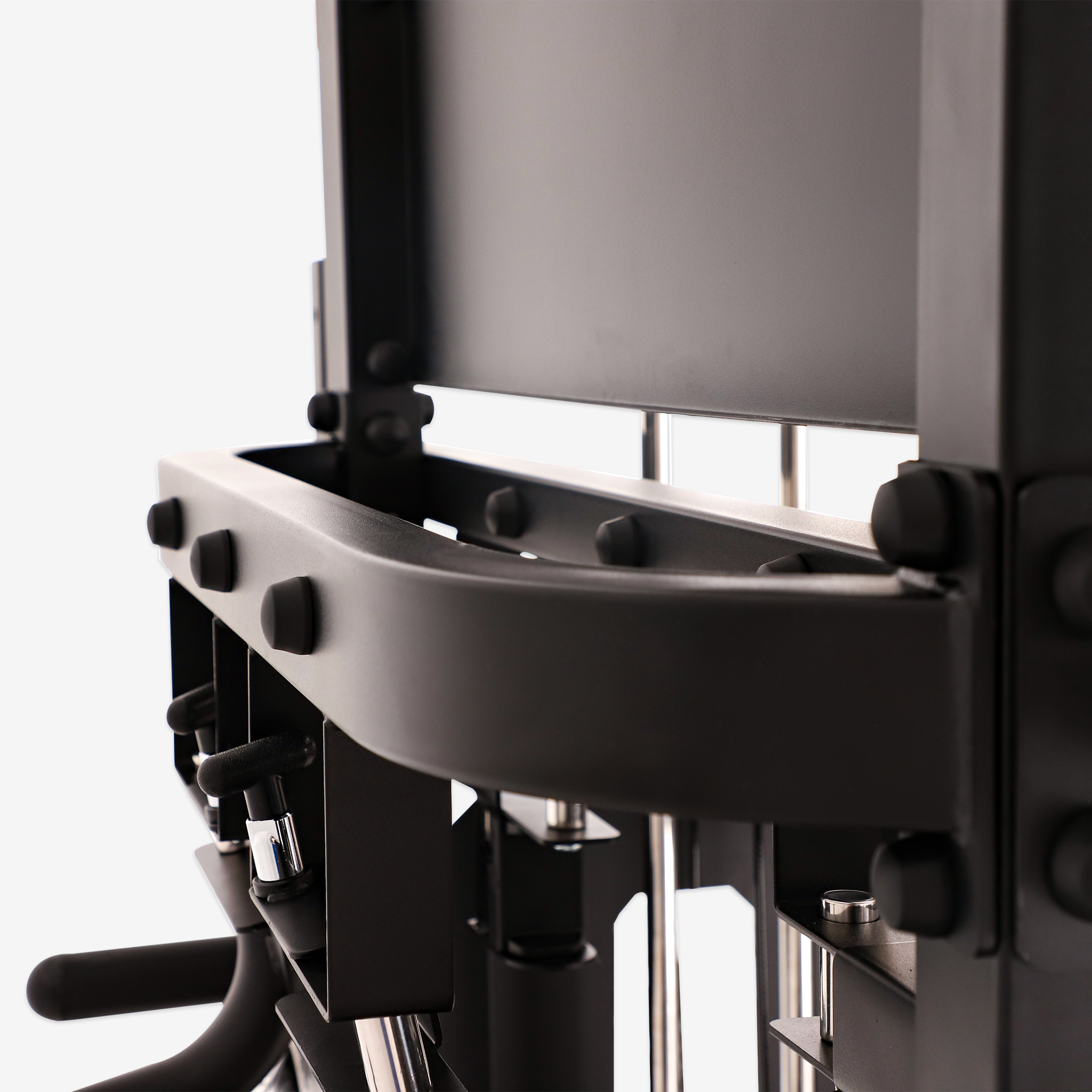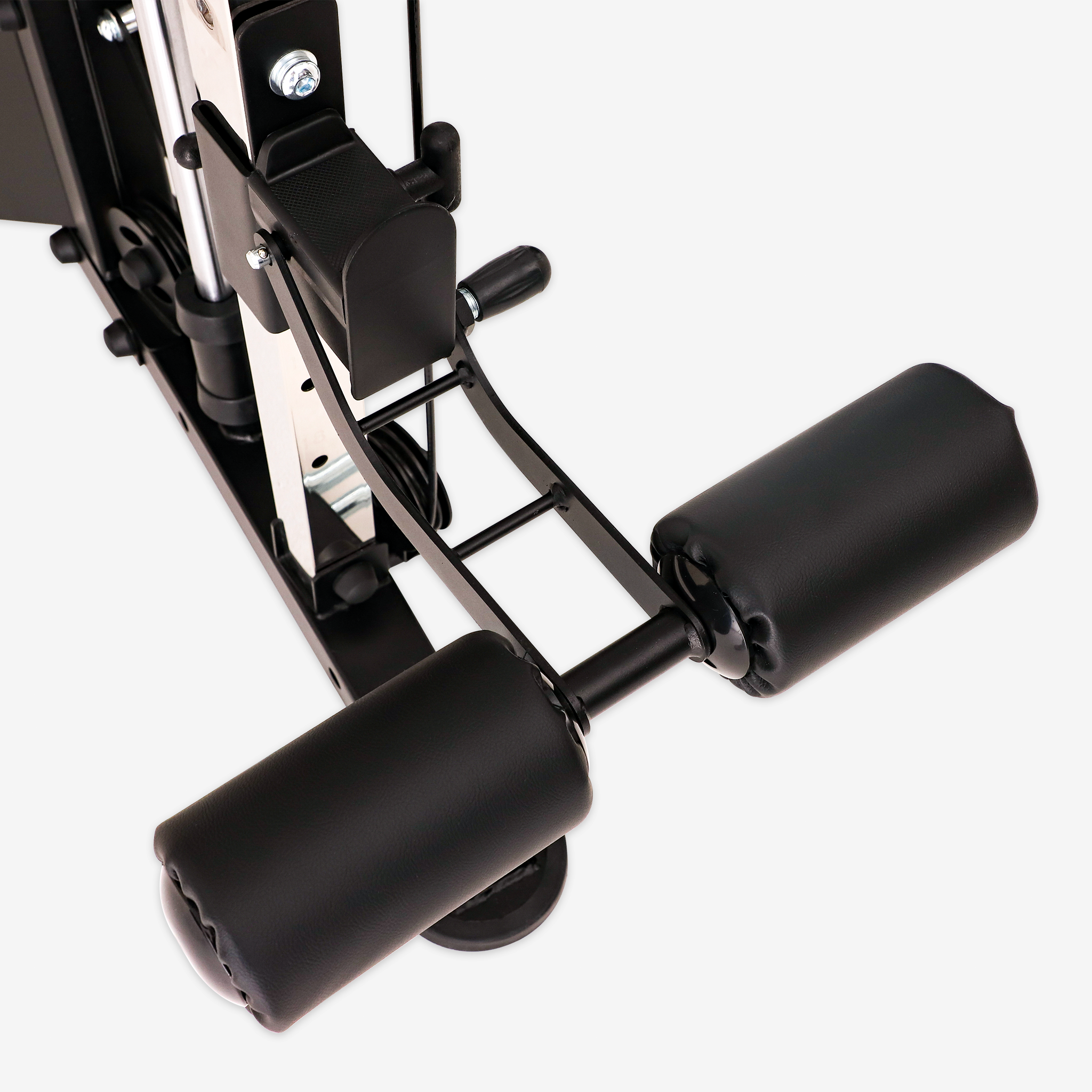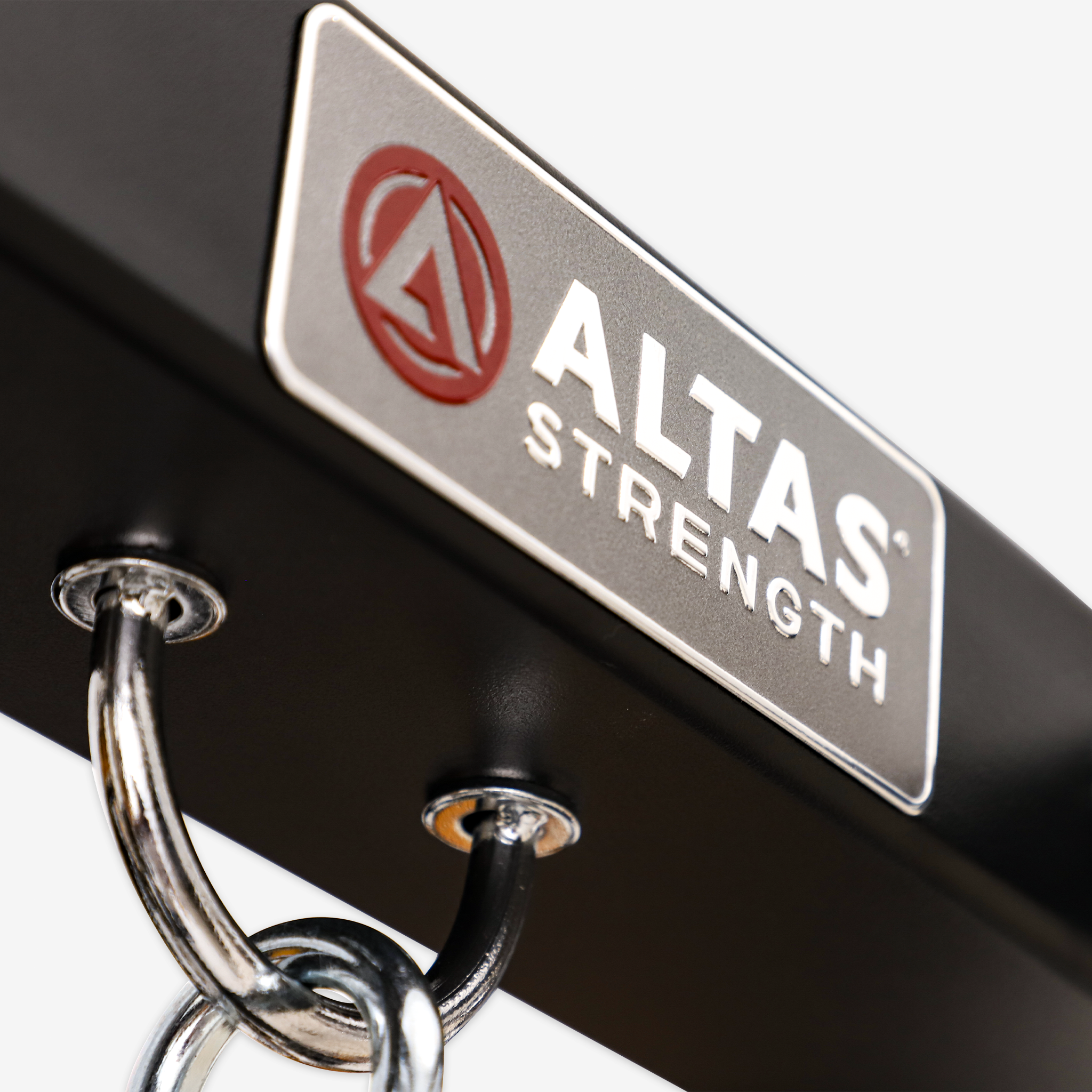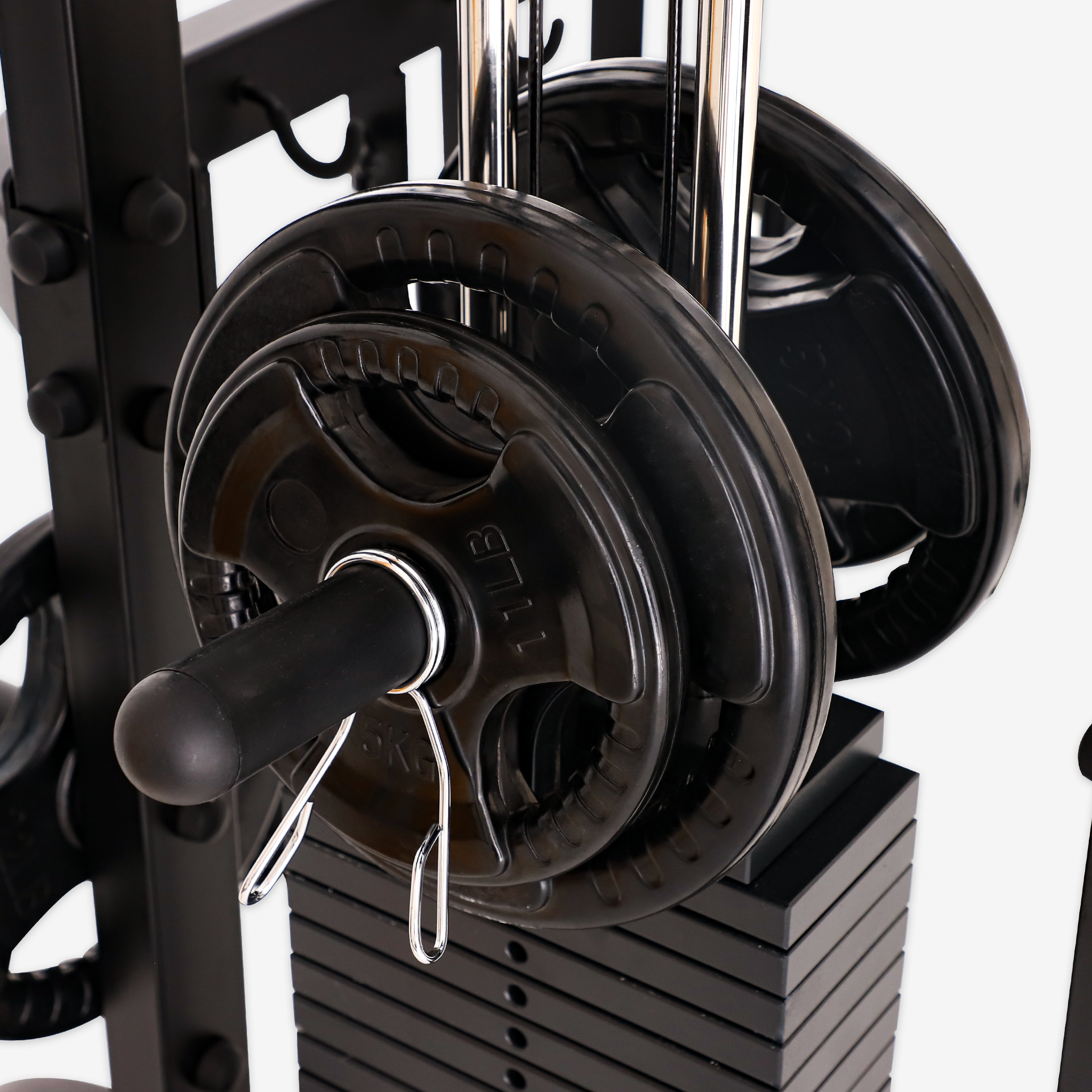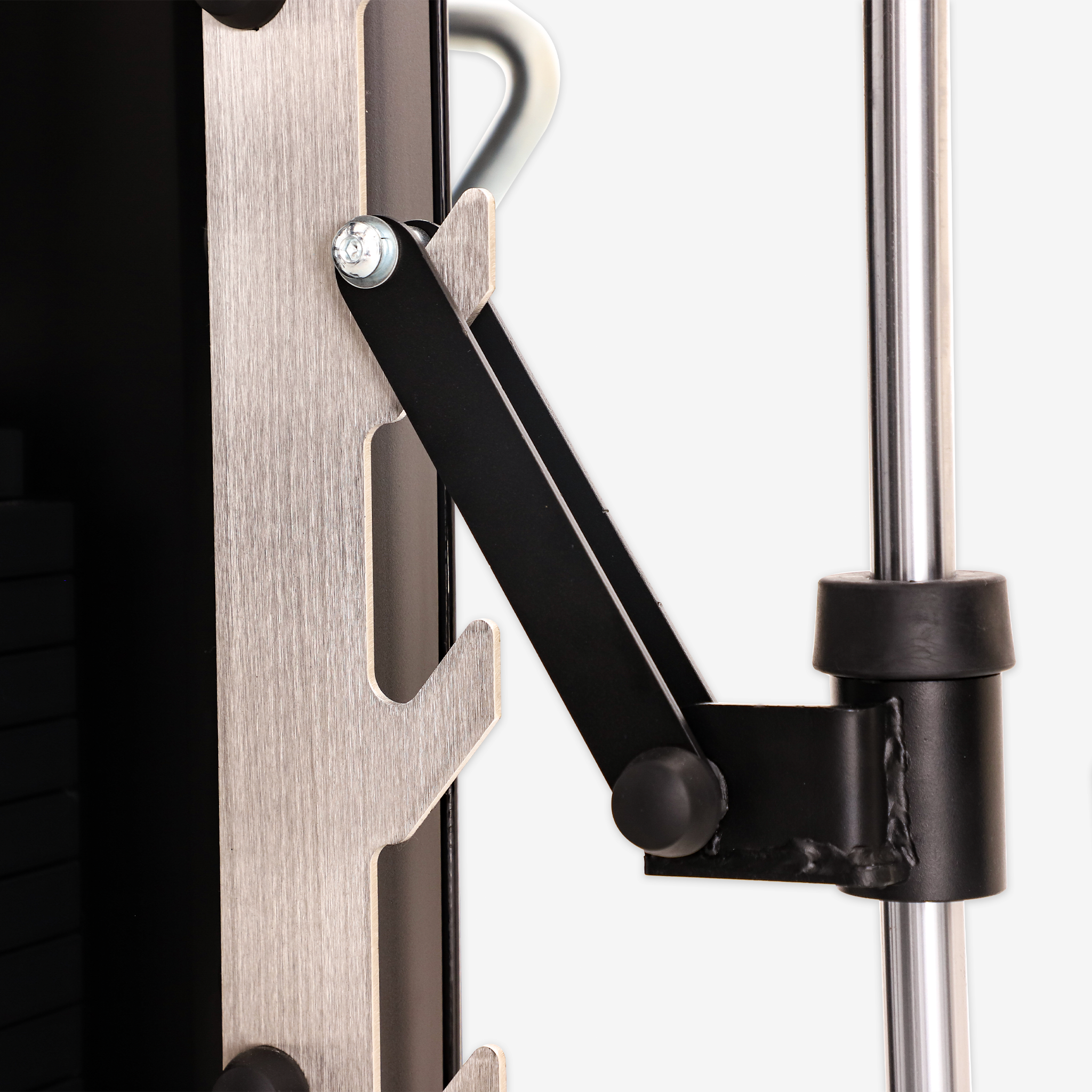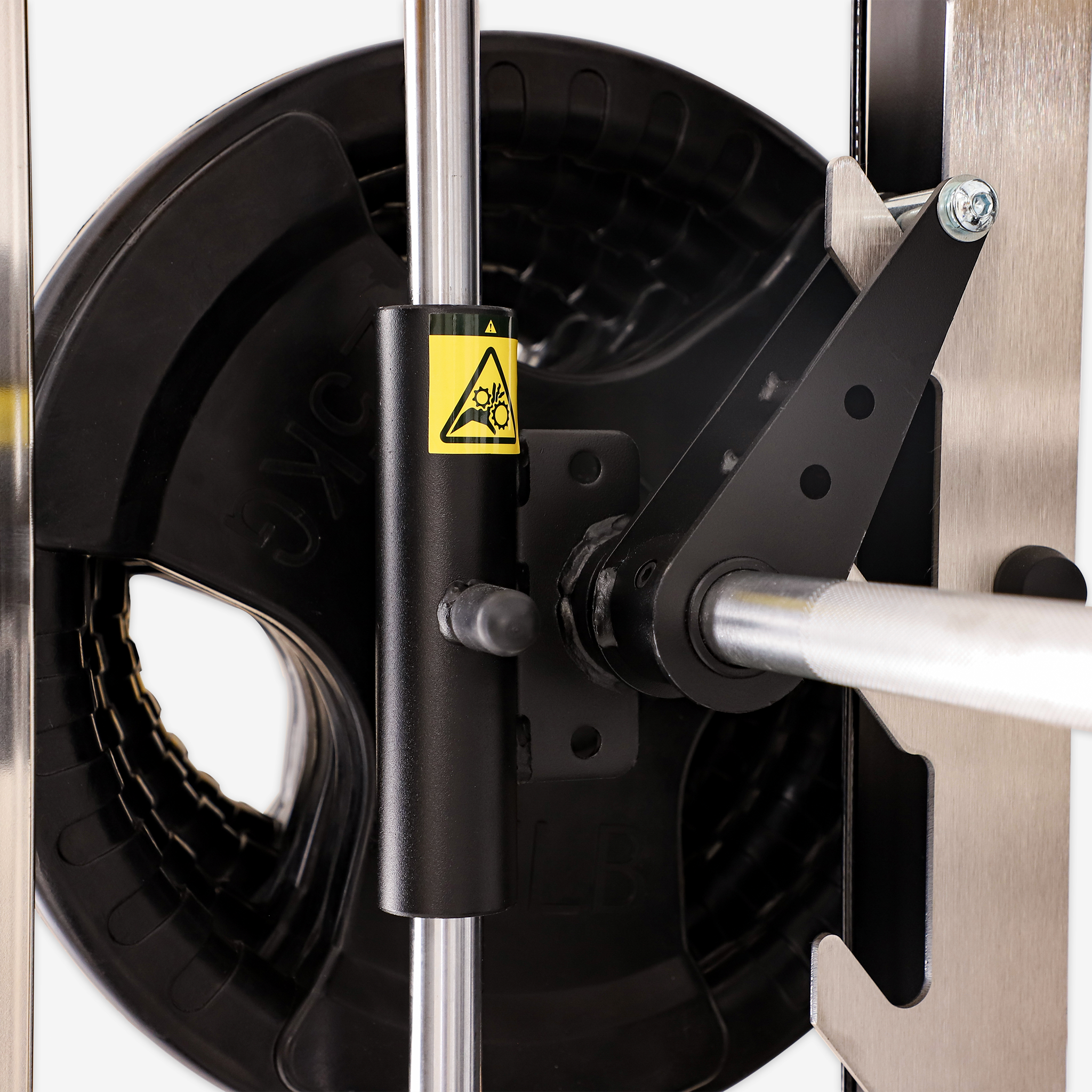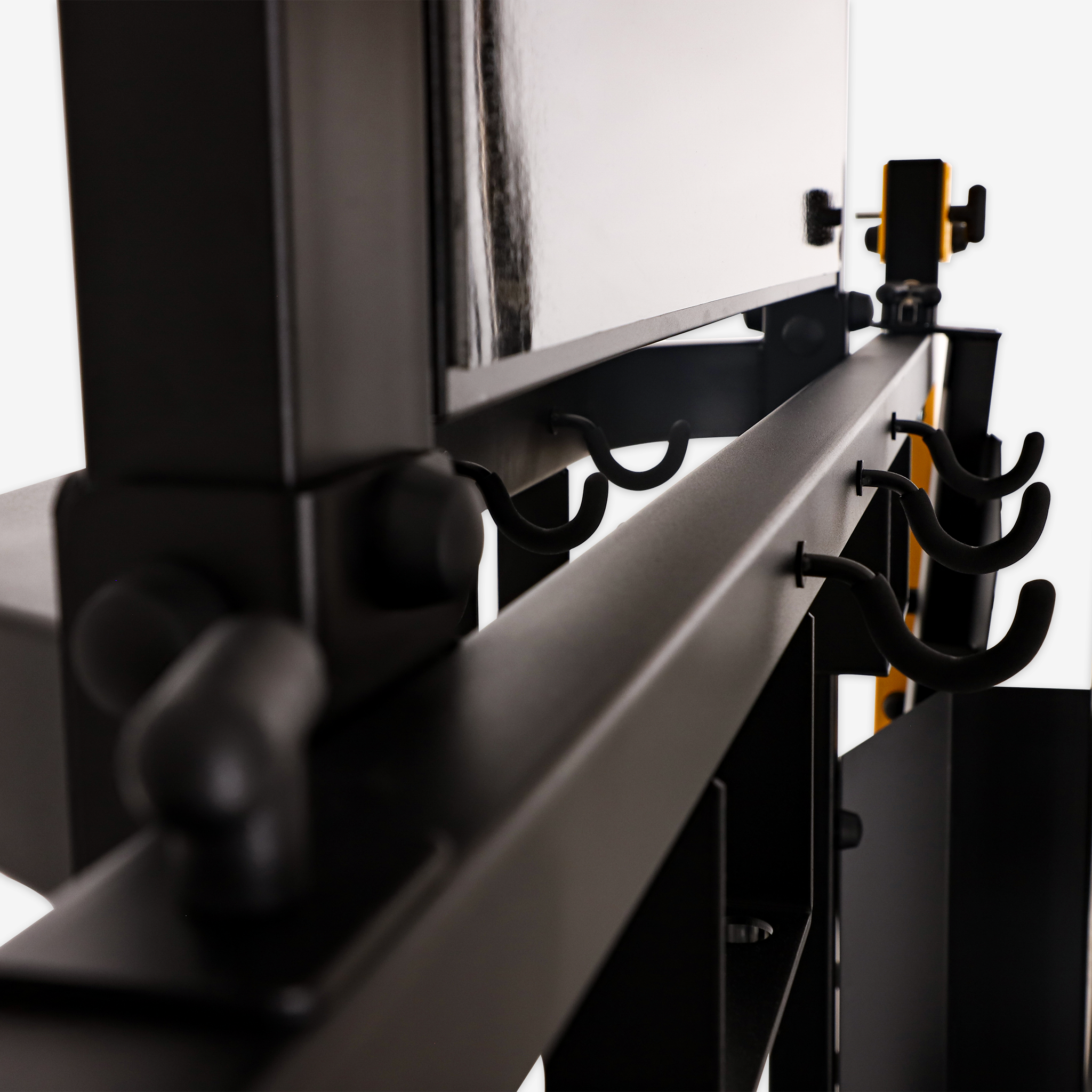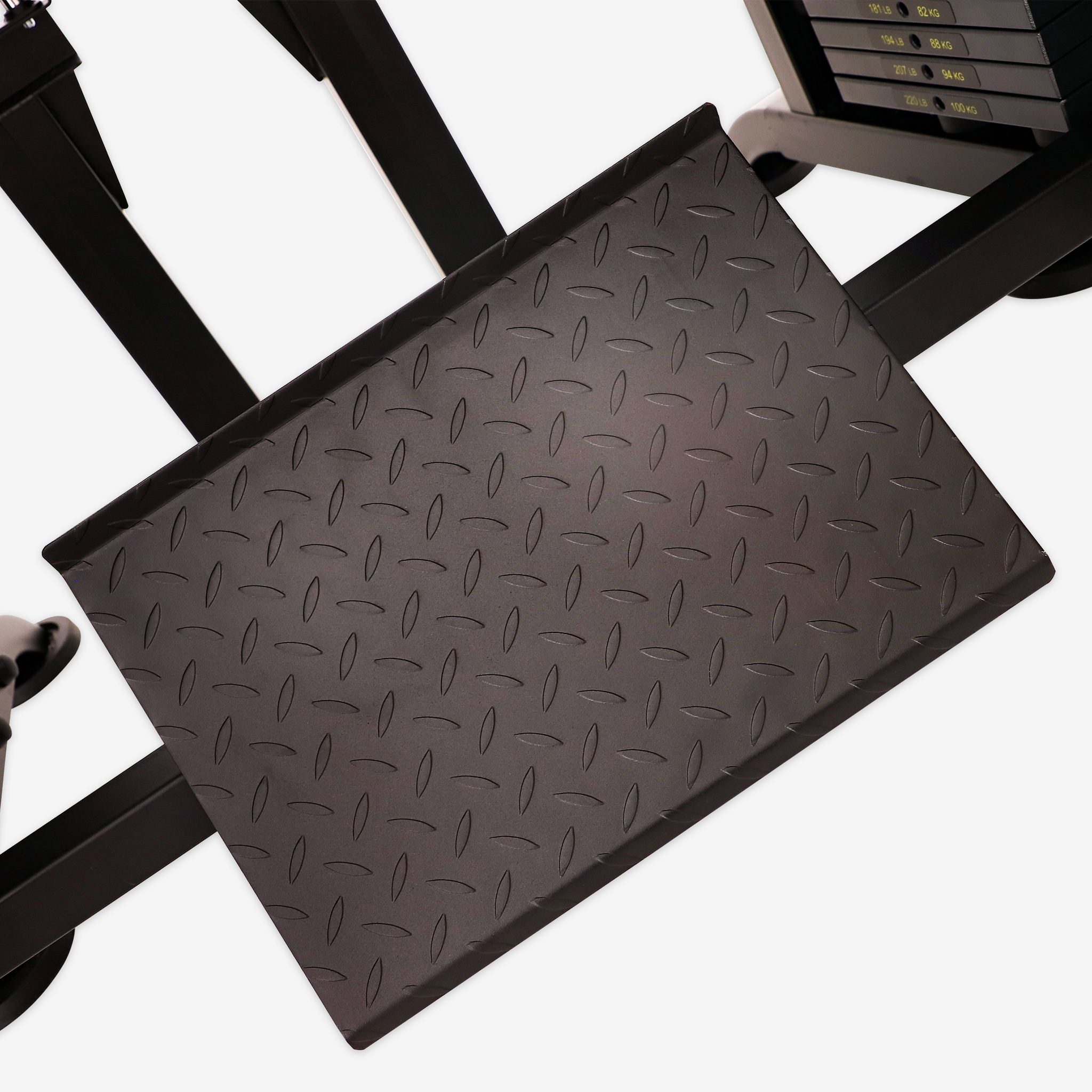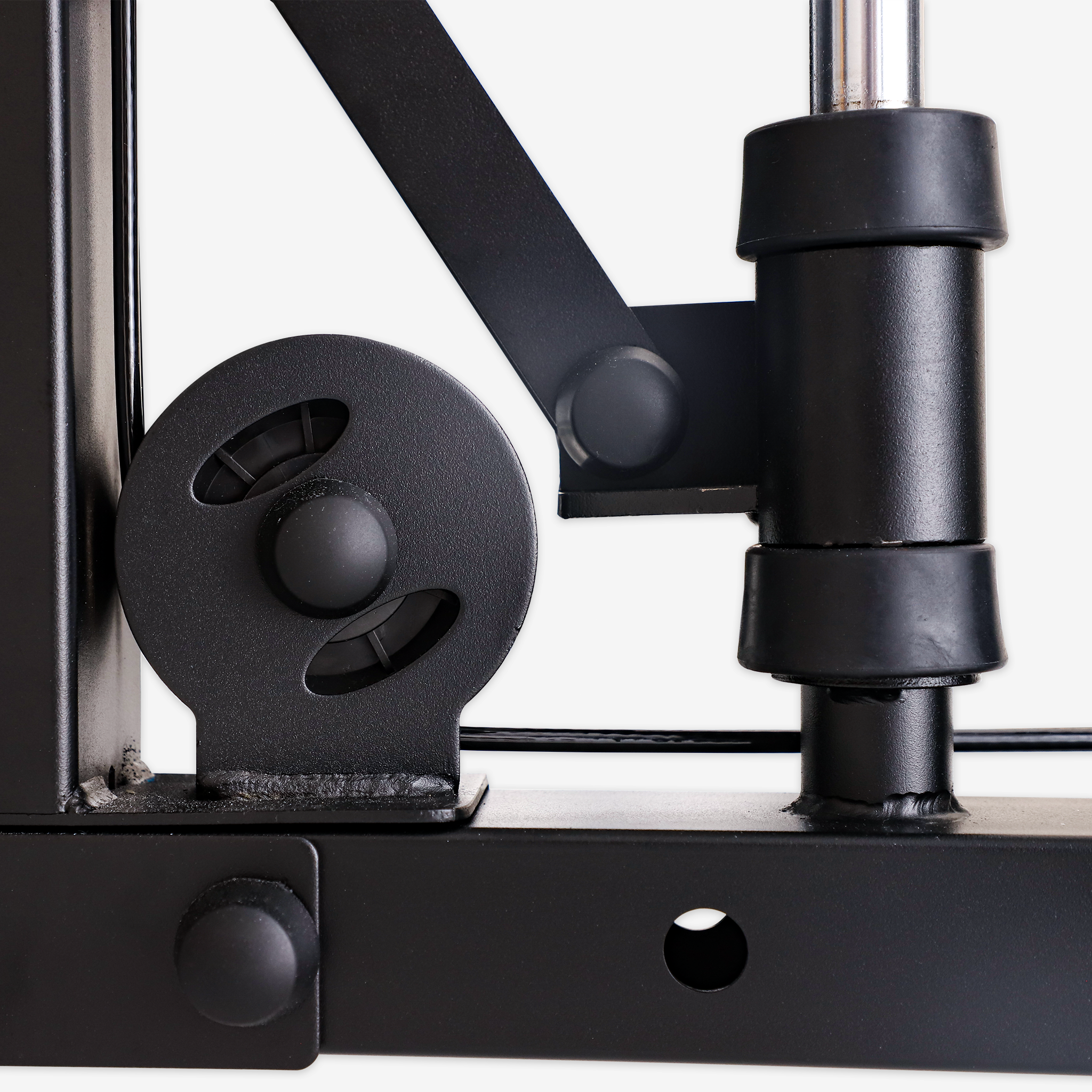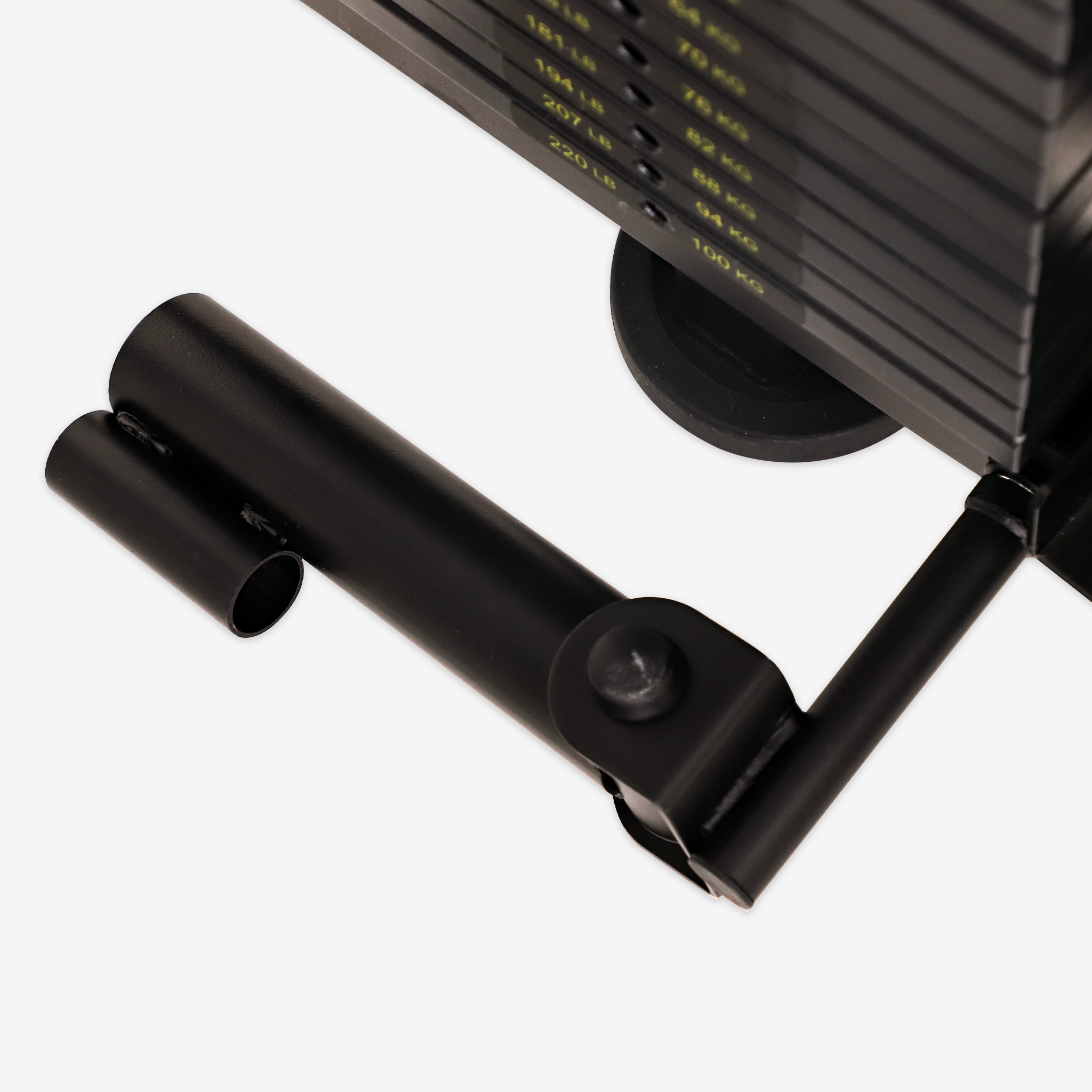The squat is a staple exercise in the fitness world, often called the "king of exercises." It’s renowned for building lower body strength, stability, and power. Among the many squat variations, the Smith machine squat stands out as a top choice for athletes and fitness enthusiasts alike, thanks to the machine’s unique design and the safety it offers. This guide dives deep into the Smith machine squat—covering techniques, benefits, common mistakes, and training recommendations to help you master this exercise.
What is a Smith Machine Squat?
A Smith machine squat is a squat variation done using a Smith machine, which has a barbell fixed on vertical tracks. This allows the barbell to move strictly up and down along the tracks, offering trainees a safer, more controlled environment for squats. This design is ideal for beginners or those looking to train with added stability.
Benefits of Smith Machine Squats
- High Safety: Equipped with safety hooks, the Smith machine lets you quickly lock the barbell in place if needed, minimizing injury risk.
- Enhanced Stability: The machine’s fixed-track design helps you control the barbell path, reducing balance issues common with free-weight squats.
- Ease of Learning: Smith machine squats are straightforward, making them easy to learn for beginners and helping them develop correct form.
- Versatility: Beyond squats, the Smith machine is highly versatile and can be used for exercises like hip thrusts and stiff-leg deadlifts, enriching your workout routine.
How to Perform Smith Machine Squats Correctly
-
Preparation
- Adjust the barbell height: Position the barbell slightly below shoulder height.
- Select a suitable weight: Beginners should start light, then gradually increase as strength improves.
- Warm-up: Perform dynamic stretches and light exercises to prepare the muscles and joints.
-
Step-by-Step Execution
- Stance: Stand shoulder-width apart, toes slightly outward, directly under the barbell.
- Grip: Place hands on the bar slightly wider than shoulder-width, palms facing forward.
- Unload the barbell: Use leg and hip power to lift the bar off the hooks.
- Descent: Keep your back straight, core tight, and lower into the squat, bending at the knees and hips. Knees should follow the toes’ direction.
- Lowest Point: Aim to lower until thighs are parallel to the ground or slightly below.
- Ascent: Push through the heels to extend the knees and hips, returning to the start.
- Lock the Barbell: After each set, carefully hook the bar back onto the safety locks.
-
Breathing Technique
- Inhale during descent: Breathing in while lowering helps stabilize the core.
- Exhale during ascent: Exhale as you rise, aiding strength exertion.
Common Mistakes and Corrections
- Knees Caving In: Ensure knees align with toes to avoid strain on knee joints. Strengthen the hips and legs for support.
- Rounded Back: A rounded back can lead to injury; focus on keeping your back straight and core engaged.
- Rapid Descent: Descend slowly and with control to maximize muscle engagement.
- Heels Lifting Off: Keep heels grounded for balance. Improved ankle flexibility can help.
Training Recommendations
- Progressive Overload: Gradually increase weight and reps to boost strength and muscle growth.
- Variety in Training: Mix in other squat variations like free-weight and front squats for a well-rounded lower body workout.
- Frequency and Recovery: Train the lower body 2-3 times per week, with adequate rest for optimal recovery.
- Core Training: Strengthen your core with exercises such as planks to enhance overall stability and power.
The Smith machine squat is an excellent addition to any workout routine, especially for those seeking a safer, more controlled squat experience. By following proper technique, avoiding common mistakes, and progressing thoughtfully, you can effectively boost your lower body strength and stability with this powerful exercise.




